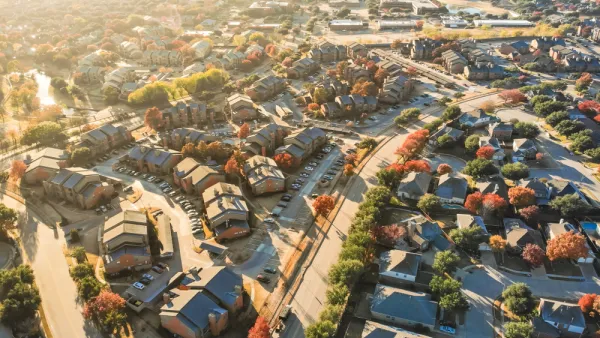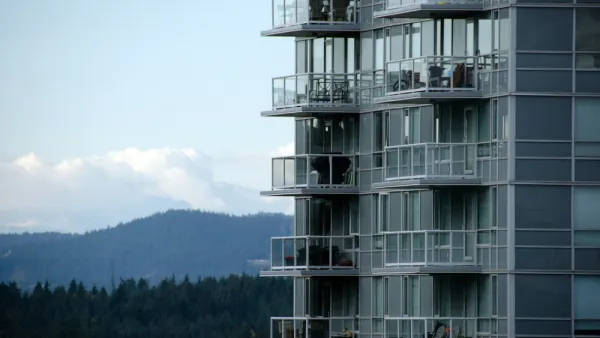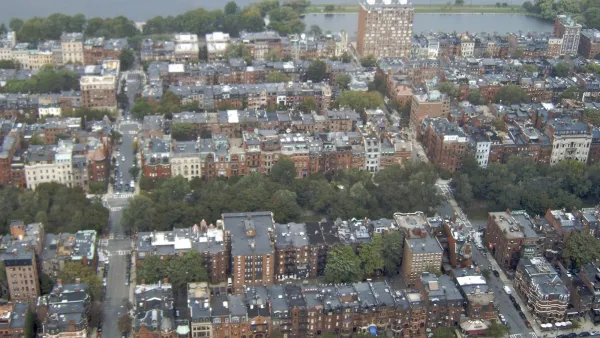New research shows growing segregation over the last two decades in the majority of large metropolitan areas.

Despite the country's population growing more diverse, "[m]ore than 80% of large metropolitan areas in the United States were more segregated in 2019 than they were in 1990, according to an analysis of residential segregation released Monday by the Othering & Belonging Institute at the University of California-Berkeley." Alana Semuels reports on the research for Time Magazine, writing that "within metropolitan areas, the different races are clustered in segregated neighborhoods, creating social and economic divisions that can fuel unrest."
To assess segregation on a granular level, the report breaks down "how the racial makeup of census tracts differs significantly from the racial makeup of the larger metropolitan area that surround them." While metropolitan areas may appear integrated, overall diversity belies severe–and worsening–neighborhood-level segregation. This matters because "even before the pandemic, research showed that the neighborhood where children grow up shapes how likely they are to go to college and to make more money than their parents. It determines their access to medical care and good schools."
Meanwhile, federal efforts to mandate integration lack teeth, and the legacy of redlining and exclusionary zoning laws continue to affect Black households and hamper their ability to generate wealth through homeownership. Recent efforts to eliminate single-family zoning have the potential to "allow the construction of more housing, which would lower housing prices and allow for a more diverse population," but many cities are facing massive housing shortages that would take years to alleviate.
"As many affluent Americans get the freedom to work remotely and live where they like in the aftermath of the pandemic," writes Semuels, "it calls into question whether the country will only get more segregated as wealthy people flee cities for suburbs."
FULL STORY: The U.S. Is Increasingly Diverse, So Why Is Segregation Getting Worse?

National Parks Layoffs Will Cause Communities to Lose Billions
Thousands of essential park workers were laid off this week, just before the busy spring break season.

Retro-silient?: America’s First “Eco-burb,” The Woodlands Turns 50
A master-planned community north of Houston offers lessons on green infrastructure and resilient design, but falls short of its founder’s lofty affordability and walkability goals.

Delivering for America Plan Will Downgrade Mail Service in at Least 49.5 Percent of Zip Codes
Republican and Democrat lawmakers criticize the plan for its disproportionate negative impact on rural communities.

Test News Post 1
This is a summary

Test News Headline 46
Test for the image on the front page.

Balancing Bombs and Butterflies: How the National Guard Protects a Rare Species
The National Guard at Fort Indiantown Gap uses GIS technology and land management strategies to balance military training with conservation efforts, ensuring the survival of the rare eastern regal fritillary butterfly.
Urban Design for Planners 1: Software Tools
This six-course series explores essential urban design concepts using open source software and equips planners with the tools they need to participate fully in the urban design process.
Planning for Universal Design
Learn the tools for implementing Universal Design in planning regulations.
EMC Planning Group, Inc.
Planetizen
Planetizen
Mpact (formerly Rail~Volution)
Great Falls Development Authority, Inc.
HUDs Office of Policy Development and Research
NYU Wagner Graduate School of Public Service





























